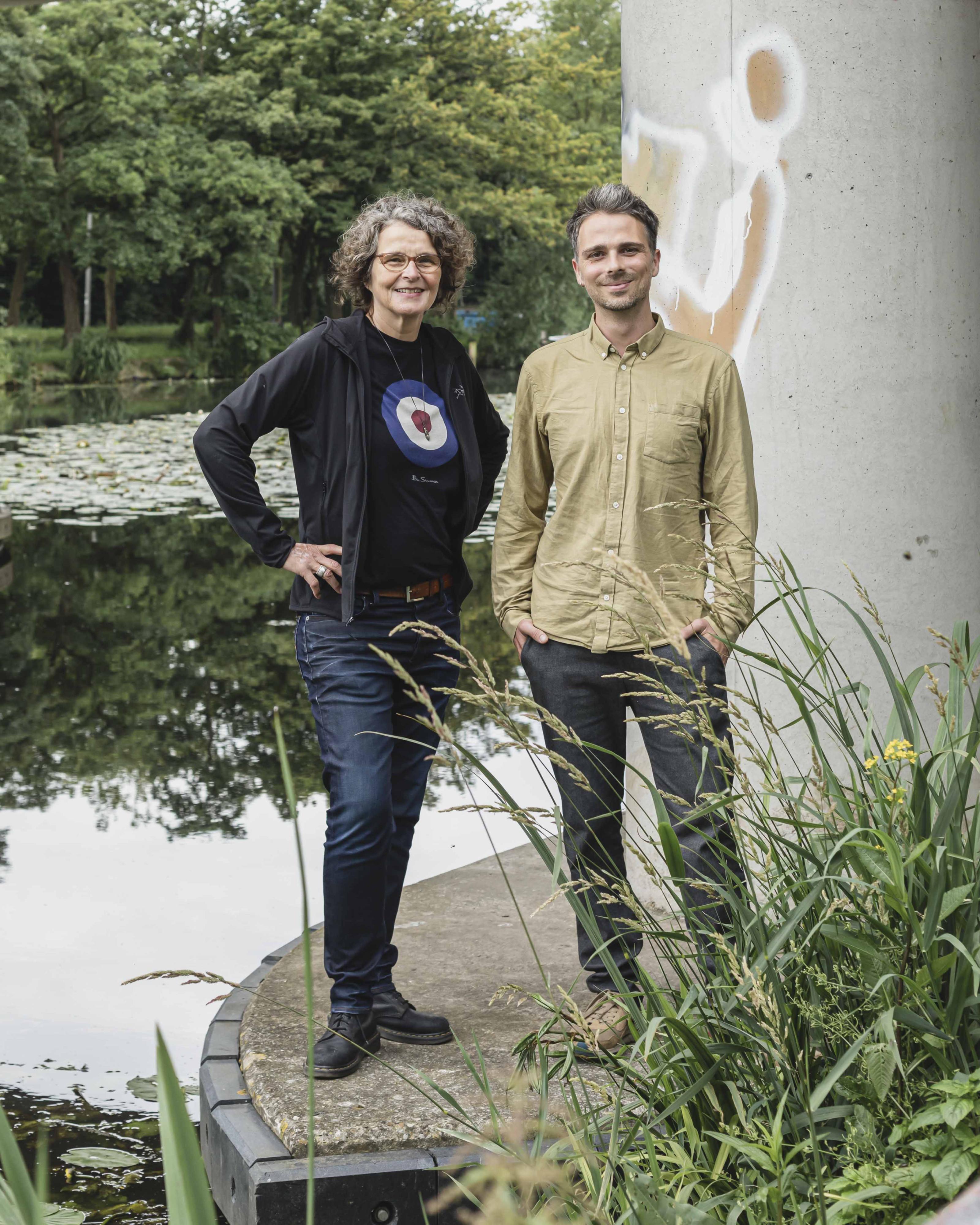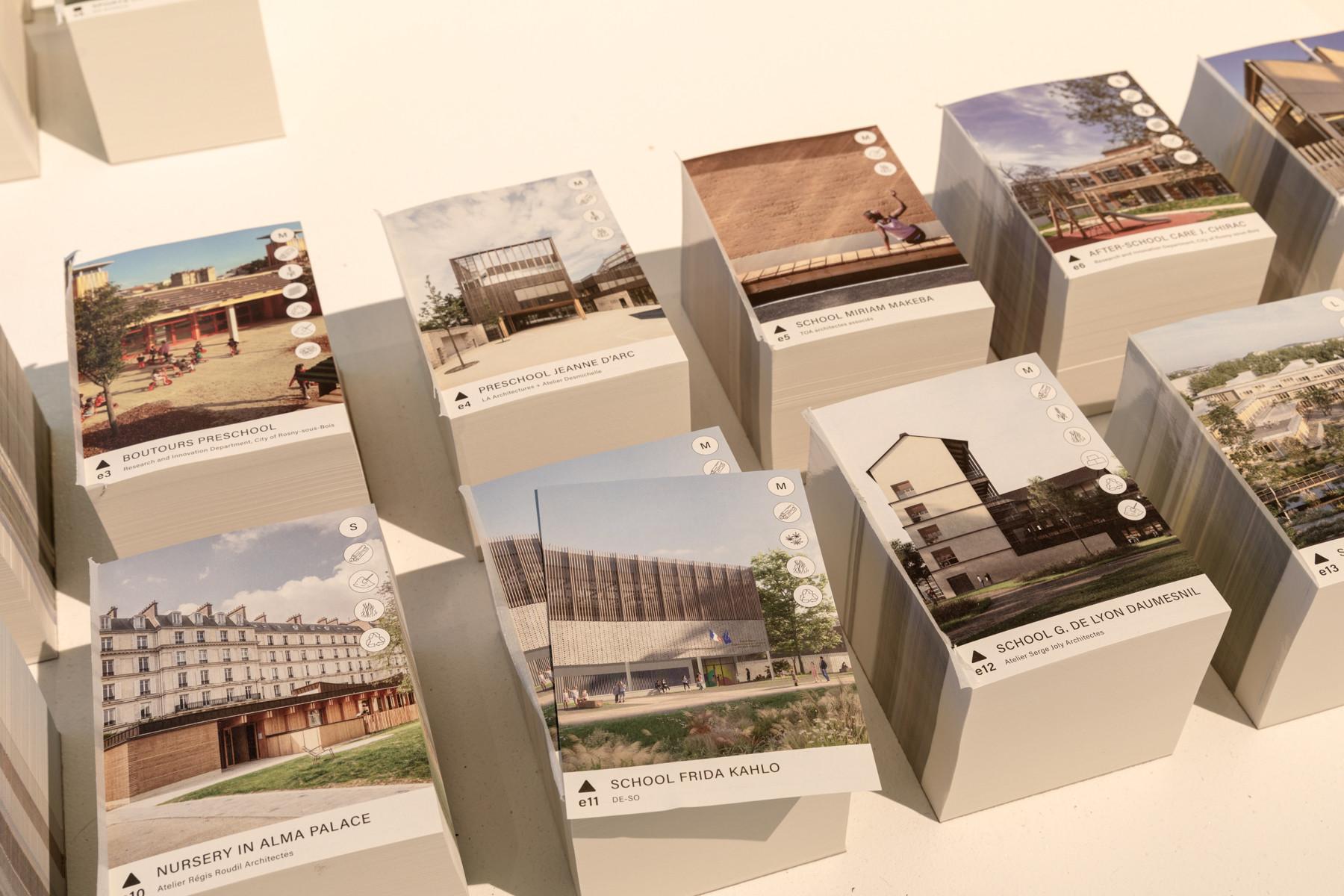Nature of Hope approaches architecture as an ecological practice. People are not separate from nature, but an integral part of it. But the binary thinking in which nature is everything that is not human or made by people has a long and dominant history. To introduce the exhibition, IABR therefore asked researchers, philosophers, historians and writers to reflect on how we look at nature. Every week we share one of the contributions, which can also be seen in the exhibition.
William Myers reflects on what might be the first organizational chart.
This diagram is a multilayered proposal envisioning how organizational roles, responsibility, and connectivity could be organized in a mobility network. The context is the railroad system in the New York, New Jersey, and Pennsylvania region in development in 1855, a heyday of expansion and modernization in the USA. The proposal is dense with information, including job hierarchy and function, reporting structure, and the location of offices, eateries, as well as machine shops.
The striking, branching form of the diagram echoes that of trees, with details that resemble budding growths along the lines connecting nodes. The overall appearance may reference the pussy willow, or Salix caprea tree found in regions of the network as well as in Scotland, where McCallum was born.
The diagram is a product of a unique context: a map of power relationships, a chain of command described in almost militaristic tone, with directors as a ‘fountain of power’ and emphasizing the roles of President and General Superintendent. At this time in the USA, significant pioneering, conquering acts had moved further west, but the essential desire to organize and control both the landscape and people is expressed here potently. Yet, for its ambition and grandeur, one of the diagram’s unique qualities is its visualization, albeit the first, of what we may regard as mundane today: the importance of middle management.
New York and Erie Railroad diagram representing a plan of organization: exhibiting the division of academic duties and showing the number and class of employés engaged in each department: from the returns of September 1855




